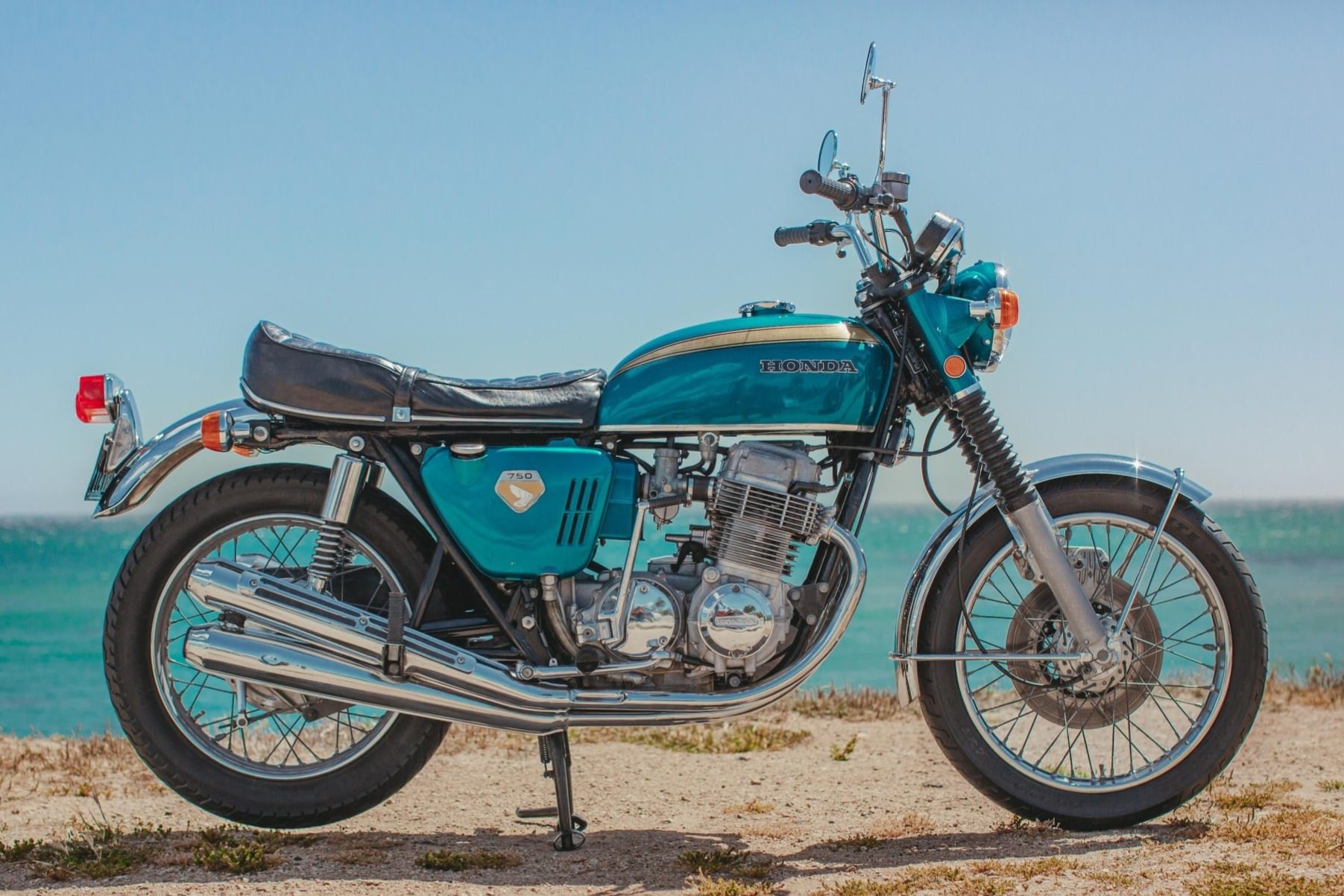There can be no question that the Honda CB750 is one of the most significant bikes of the 20th century, it is been blamed with pretty much destroying the British, Italian, and German motorcycle industries, and it’s almost undoubtedly the most copied Japanese two-wheeled auto ever designed.
The real truth of the subject is that the CB750 was virtually under no circumstances made. In the 1960s Honda normally made smaller to mid-sized bikes and it was only a concerted strain campaign from their US sellers that got them to experiment with the 750cc inline-four.
Quickly Points – A “Sandcast” Honda CB750
- In the 1960s Honda was amongst the biggest bike manufacturers in the planet many thanks to the likes of their modest ability bikes, like the Honda Cub which would go on to become the finest-marketing motorized motor vehicle of all time – above 100 million have been built and counting.
- US Honda sellers were inquiring for a larger sized capacity motorcycle, a thing in the 750cc course, to improved contend with the well-liked motorcycles staying develop by British and American producers like Triumph, Norton, and Harley-Davidson.
- Honda formulated an highly developed inline-four cylinder motorbike with a one overhead cam, a entrance disc brake, an electric powered starter, a 5-velocity gearbox, and no oil leaks.
- Honda was unsure how substantially demand there would be for the bicycle, so the early versions were built making use of small-quantity sand-casting procedures. These “sandcast” CB750s are now hugely collectible.
The Honda CB750 – The World’s Initially Superbike
When the CB750 was unveiled in 1969 it despatched shockwaves by way of the motorbike environment. There had been overhead cam inline-four cylinder bikes before of program, the MV Agustas have been possibly the most well-known, but the CB750 would be the initially reasonably priced case in point.
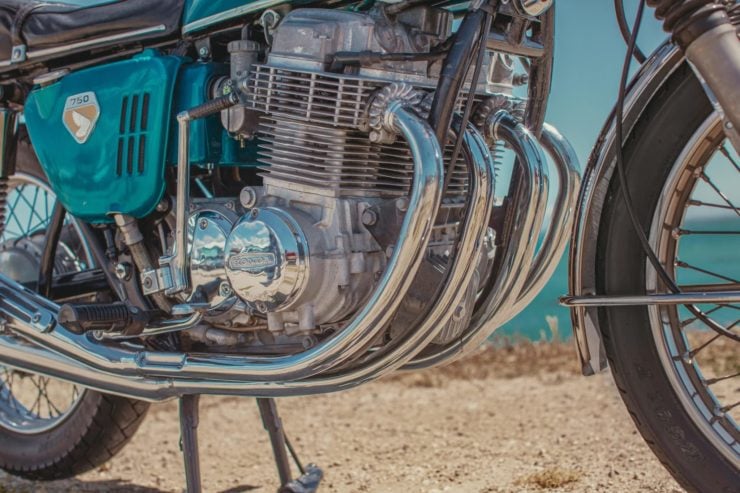

By the late 1960s Honda had a wealth of practical experience making thriving Grand Prix racing bikes with elaborate overhead cam engines. The company’s engineers rolled a whole lot of this understanding into the CB750, although also making certain it would be both equally reliable and leak-free.
The authentic hero of the CB750 tale is the motor, though perhaps a small very simple by contemporary criteria it was a revelation back in the late 1960s. It is an inline-four cylinder motor which is mounted transversely in the body to be certain even cooling.
It has a one overhead cam operating two valves per cylinder, four carburetors, a 5-pace transmission, an electrical starter, and many thanks to its horizontally-break up crankcase it has no oil leaks.
Numerous well known British bikes of the time experienced vertically break up crankcases which tended to weep oil, this led to the phrase “If there’s no oil below it, there’s no oil in it.”
The Arrival Of The Universal Japanese Motorbike
Following the release of the new Honda, a motoring journalist referred to it as a “super bike” in his evaluation, it was the to start with recorded use of the phrase which would later on be joined into the one term “superbike.”
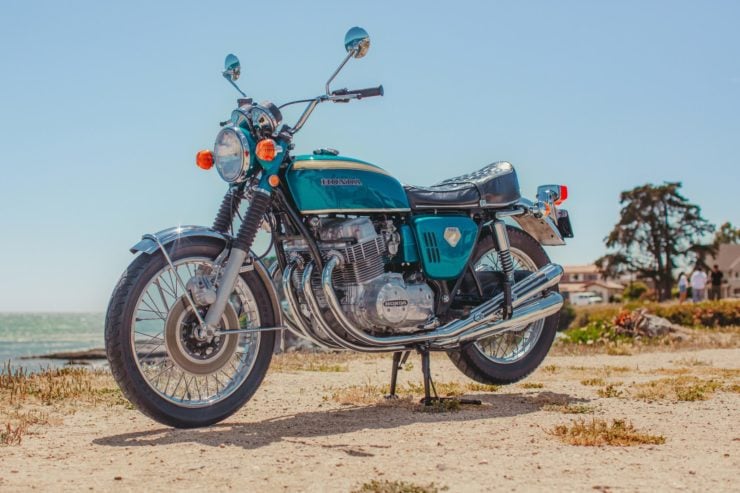

Although several iconic bikes from historical past have been retroactively named superbikes, like the Brough Outstanding SS100 and the Vincent Black Shadow for illustration, but the CB750 is the bike the expression was coined for.
Honda’s primary Japanese competition, specifically Kawasaki, Suzuki, and Yamaha, all began establishing their personal transverse inline-fours. The format turned so ubiquitous that it was nicknamed the “UJM” for “Universal Japanese Motorbike.”
In the end the Honda CB750 would continue to be in output from 1969 until 2003. There ended up lots of updates about time which includes a switch to double overhead cams and 4 valves per cylinder in 1976 for example.
1970 Honda CB750 “Sandcast” Shown Listed here
The motorcycle you see here is a 1970 Honda CB750 with the early “sandcast” motor. Completed in the desirable Sweet Blue-Environmentally friendly shade possibility, this bicycle was created in September of 1969 and sold as a 1970 model.
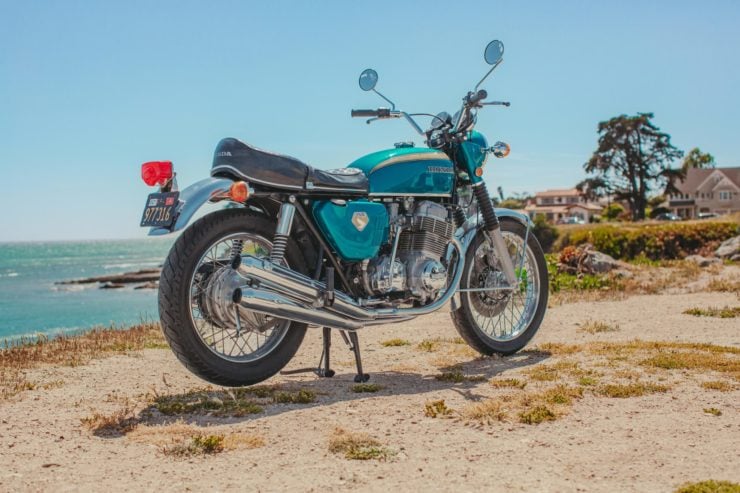

The odometer is showing 12,000+ miles however it is not listed if this is the mileage considering the fact that new or given that a previous restoration. It’s becoming marketed out of San Bruno, California with a clean up California title in the seller’s identify.
Servicing executed in preparing for the sale is reported to have provided altering the timing, synchronizing the throttle cables, cleansing the 4 Keihin carburetors, transforming the oil and the spark plugs, and changing the headlight nacelle, airbox, handlebar, appropriate-aspect switchgear, and hand grips.
If you’d like to study additional about this Honda or sign up to bid you can take a look at the listing below in Deliver A Trailer.
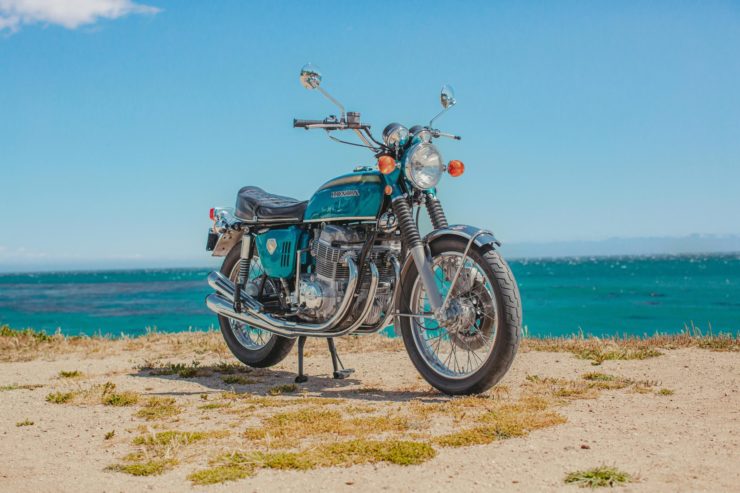
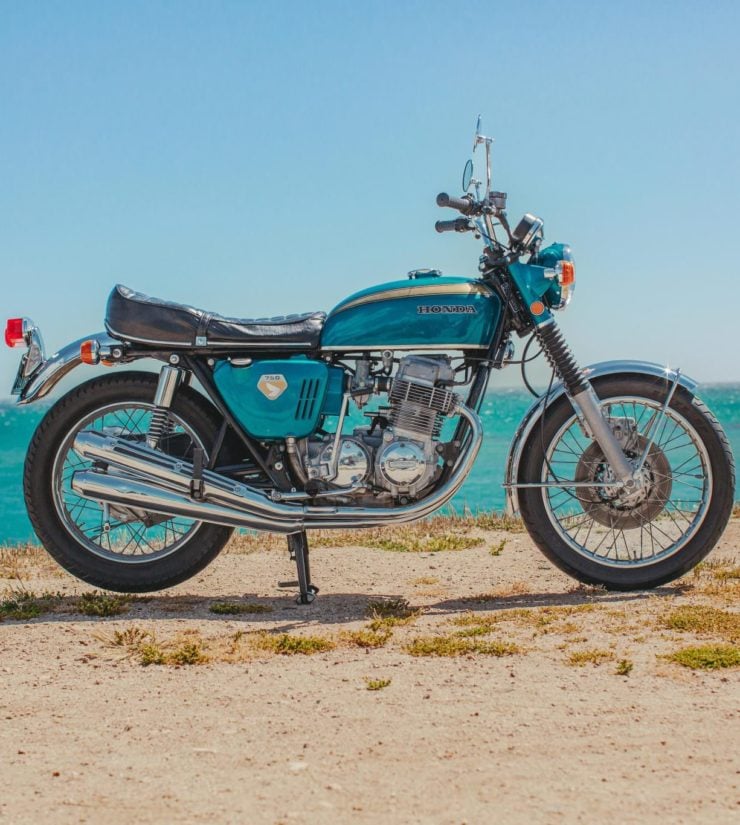
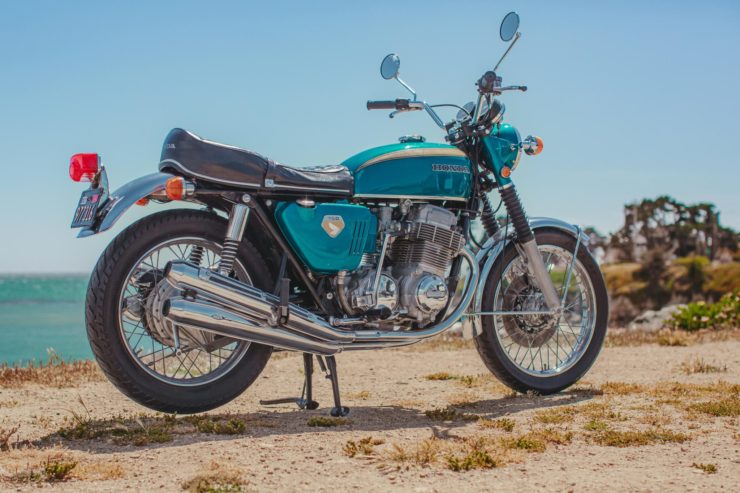
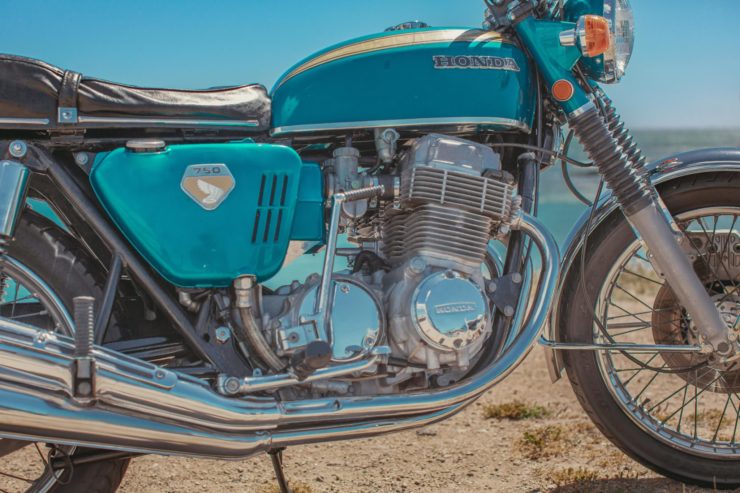
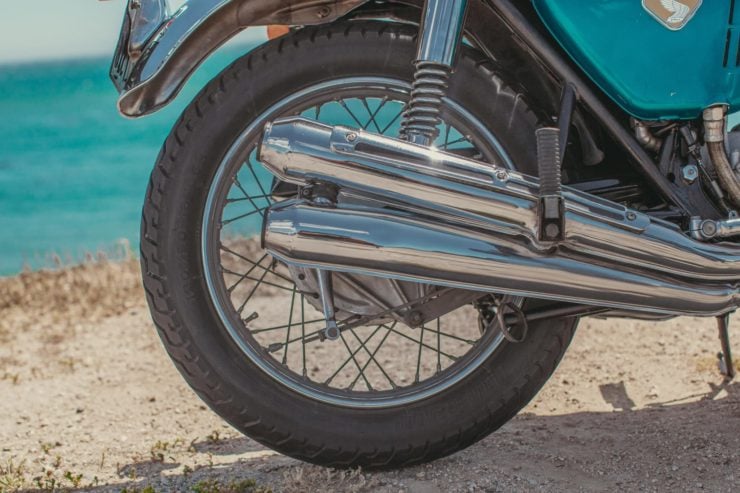
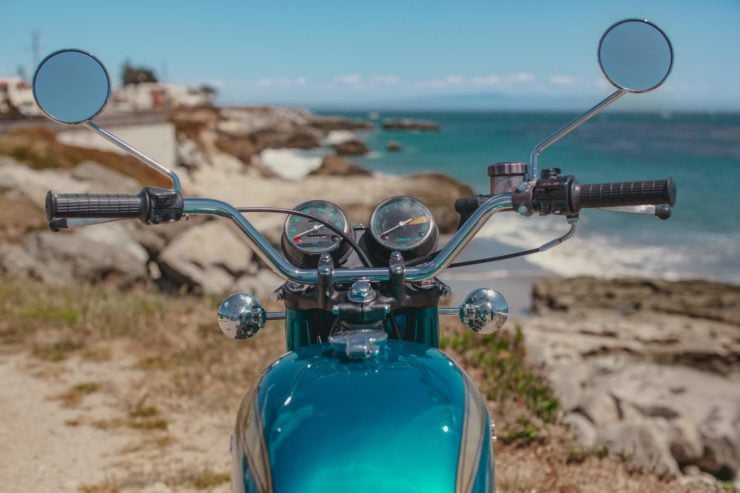
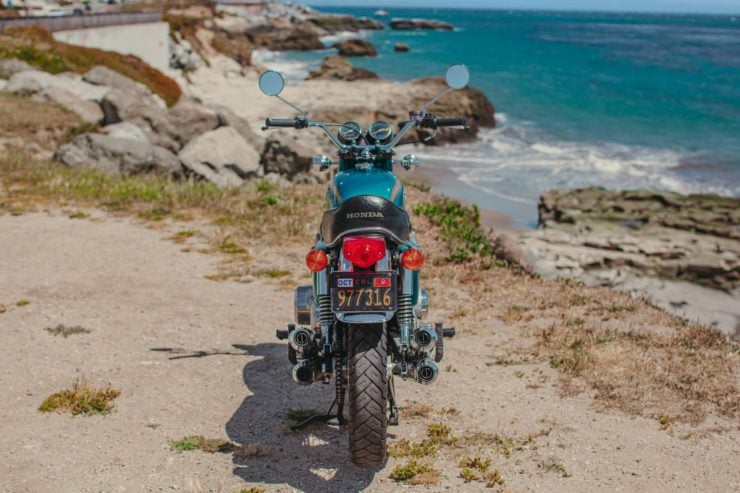
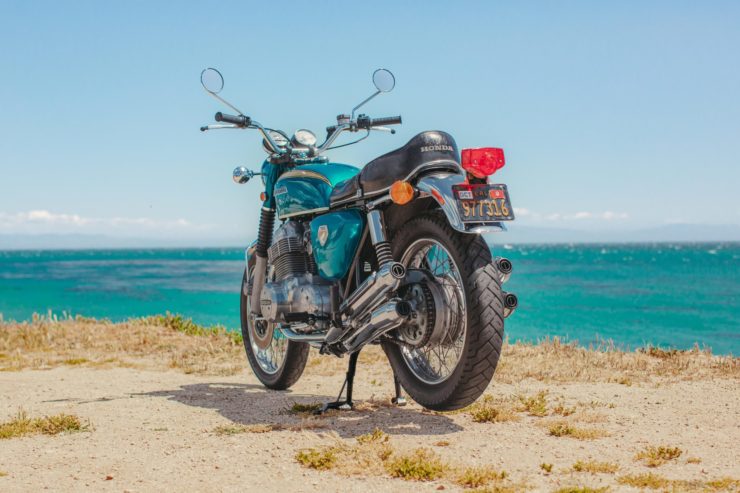
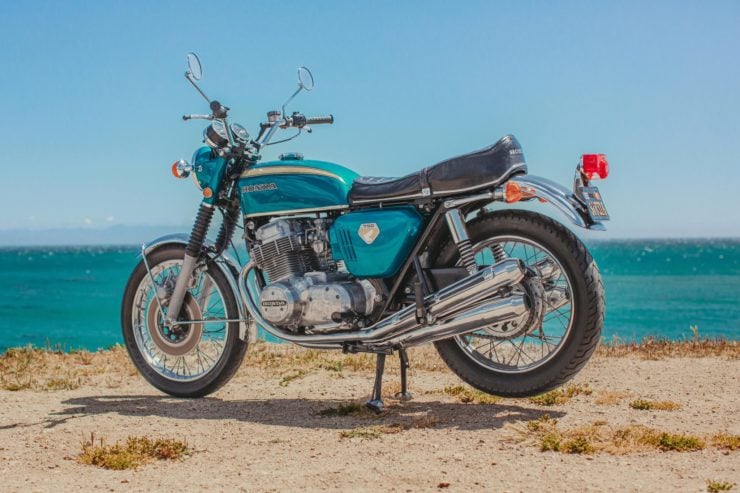
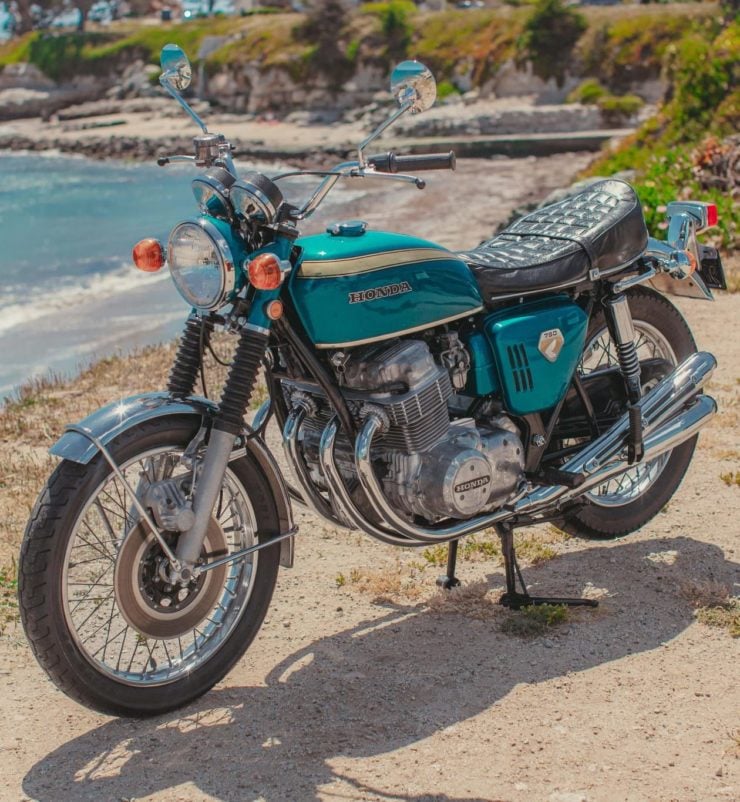
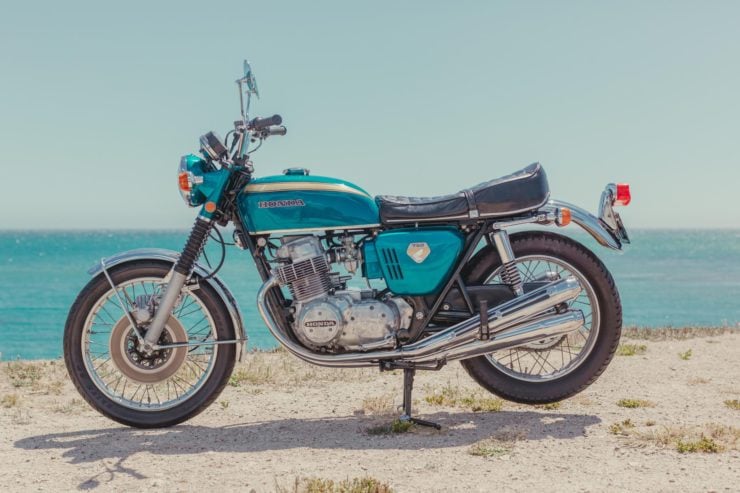
Photographs courtesy of Carry A Trailer

Ben has experienced his work featured on CNN, Well known Mechanics, Smithsonian Journal, Road & Observe Magazine, the official Pinterest website, the official eBay Motors blog, BuzzFeed, and many extra.
Silodrome was established by Ben back again in 2010, in the several years because the internet site has developed to grow to be a environment chief in the alternative and classic motoring sector, with tens of millions of viewers all around the entire world and numerous hundreds of hundreds of followers on social media.
